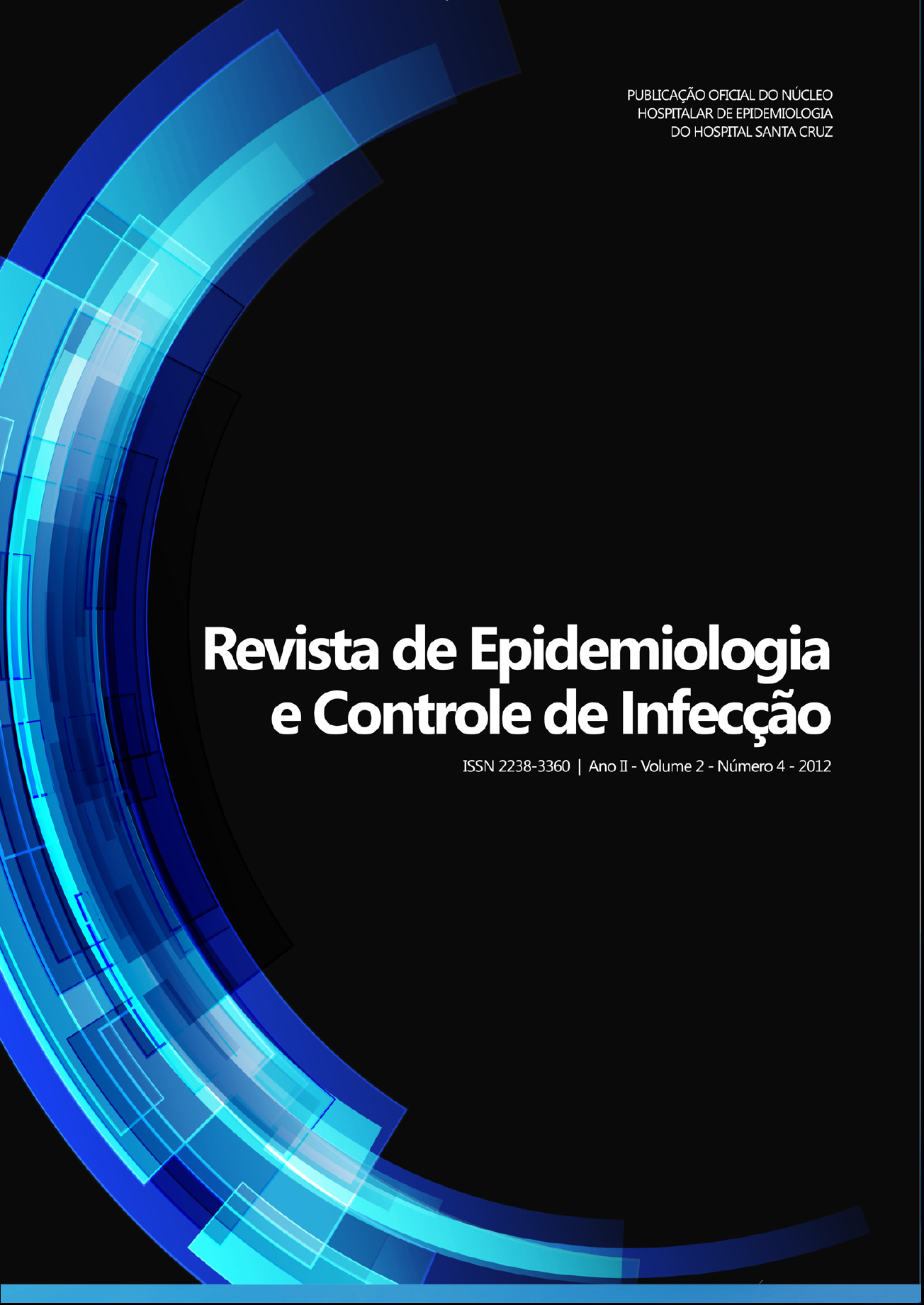Overview epidemiological of malaria in Ariquemes, Rondônia, western amazon: a survey of six years (2005-2010)
DOI:
https://doi.org/10.17058/reci.v2i4.2768Abstract
Rationale and Objectives: The state of Rondonia, in particular the Jamari Valley region, home of the city of Ariquemes have high rates of malaria. Based on this information becomes fundamentally important the epidemiological survey of the disease to develop prevention and control measures of the same. From this perspective, this study aimed to evaluate the epidemiological picture of malaria in the municipality of Ariquemes, Rondônia, Western Amazon, in the years 2005 to 2010. Methods: Data were obtained from the database available through the National Health Foundation (FUNASA) and the Information System of Epidemiological Surveillance (SIVEP), where we calculated the annual number of cases, seasonality, Annual Parasitological Index, age and agent. Results: It was found that the city of Ariquemes 2005 to 2010, 13,444 cases were reported positive for malaria, with the highest incidence in 2005, where he also found the largest Annual Parasitological Index (IPA) (61.1). Conclusion: It was found that the highest average of seasonality was observed in July to 217.3 cases, and every month the age group most affected was 20 to 29 years, the etiologic agent Plasmodium vivax, which is refl ected in the number of sick caused by even reaches (77.1%) of all cases, addition of mixed infections. KEYWORDS: Epidemiology. Malaria. Vectors. Western Amazon.Downloads
Downloads
Published
How to Cite
Issue
Section
License
The author must state that the paper is original (has not been published previously), not infringing any copyright or other ownership right involving third parties. Once the paper is submitted, the Journal reserves the right to make normative changes, such as spelling and grammar, in order to maintain the language standard, but respecting the author’s style. The published papers become ownership of RECI, considering that all the opinions expressed by the authors are their responsibility. Because we are an open access journal, we allow free use of articles in educational and scientific applications provided the source is cited under the Creative Commons CC-BY license.


